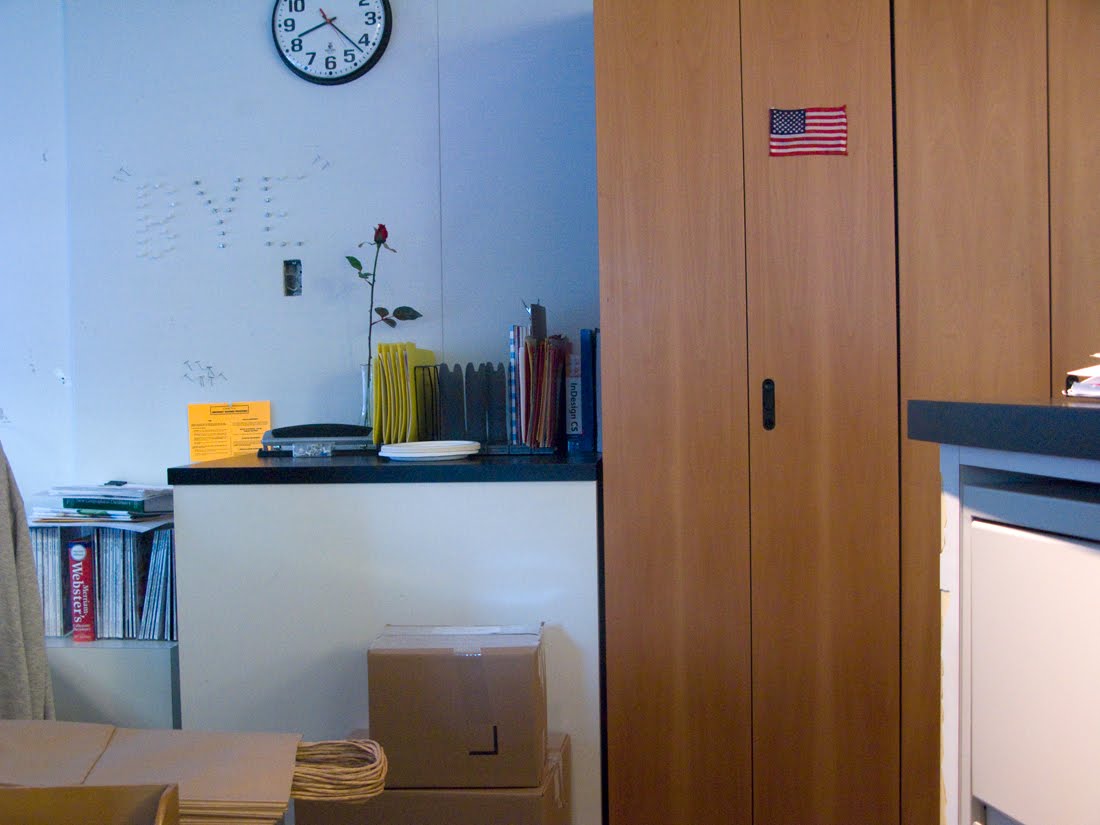I’m a sucker for figuring out where very specific things were filmed in Austin, and my neighborhood has been swarmed recently with TV shoots, so this handy new mini-site and interactive map from the Austin Visitor Center is right up my alley.
Tag: television
-
Austin Film Tourism Guide
-
The Making of Brilliance
In 1985, computer graphics were exotic enough that using them for a TV commercial was the kind of thing you might save for a Super Bowl ad slot, as seen in this short documentary. I would not have guessed that the first significant use of CGI on TV was for an ad illustrating the sexy (?) futuristic appear of _aluminum cans_.
(They fail to mention this in this mini-doc, but the ad studio was clearly lifting the chrome-plated sexy robots imagery of Japanese illustrator Hajime Sorayama)
-
Tom Waits on Fernwood 2 Night
Things I did not know: Tom Waits appeared on an episode of Fernwood 2 Night, playing The Piano Has Been Drinking before begging a couple of bucks off Martin Mull (he was trapped in the fictional town after his tour bus broke down). Crazy.
(Via Coudal)
-
Twombly
[Video no longer available]
As Seen on TV, a tribute to doing it wrong. I love this aspect of awful informercials, and in our household we’ve even coined a specific adjective to describe it: twombly. As in “No, no, don’t use your sewing machine on the curtains while they’re still hanging! You’re doin’ it all twombly!”
(Via Kottke)
-
A Gomez by Any Other Name
Back of the Cereal Box takes a very brief look into why the patriarch of the Addams Family is named “Gomez” (spoiler: it was either that or “Repelli”, Charles Addams’ two top picks, and the cartoonist let John Astin decide). For the record, I like that he has a relatively normal name – it helps offset the other family members’ odd / jokey names.
Something I’d always wondered about: Why do all of the members of the Addams family have names that are sinister in one way or another except Gomez? Dark associations of Morticia, Fester, Cousin Itt, Thing and Lurch’s names are obvious. Wednesday gets her name from the line in the “Monday’s Child” poem — “Wednesday’s child is full of woe” — and Pugsley’s seems like a play on pugnacious or something thereabouts. But why should Gomez get a fairly normal name? A surname for a first name is hardly sinister.
-
Katie Couric Goes All Regulators on Some FMV
Katie Couric goes all regulators on some FMV villains in this circa 1990 clip about arcade laserdisc sensation (well, maybe not so much) Mad Dog McCree. It’s kind of sad to see early 90’s tv – the production values on the crummy video game look far more polished than the Today Show’s.
(Via GameSetWatch)
-
Timeline of Analog Video Synthesizers
From the ANIMAC to the FairLight Computer Video Instrument, a nice roundup of mostly analog video-mangling technology from the 1960’s to the 1980’s. Lots of pictures and back stories, too.
(Via Coudal Partners’ Fresh Signals)
-
The Last Days of Gourmet Magazine

From Last Days of Gourmet, a photo set depicting the offices of the now-defunct magazine. There are plenty of better photos in the group, lots of scenes of office supplies in the trash and empty workspaces, but I liked this one the best: evidently someone went all Hawkeye Pierce.
(Via Coudal Partners)
-
Vic Mizzy, RIP
We had a piano when I was a kid, and the only songs I really knew how to play were the ones out of a TV theme song music book. I mostly learned the Vic Mizzy ones, since they were the best (well, the Bill Lava ones were pretty cool, too). Truly the master of the catchy jingle theme. Most folks are commenting on his tunes for the Addams Family (he was the singer, too?) and Green Acres, but he also penned many a Don Knotts film score, along with tv themes for a number of less-successful sitcoms. There’s also the very catchy “In the Middle…In the Middle…In the Middle” street safety song (which has a refrain melody similar to the later “Muppet Show” theme by Sam Pottle), covered by They Might Be Giants on their “No!” kid’s album.
-
Putting the Public Service back in PBS
Enjoyed this post on O’Reilly Radar advocating that PBS should realign with their original educational and public discourse mission. As local affiliates drop their secondary cable channels in favor of multiple over-the-air digital broadcasts, it’d be great to see at least one of those OTA channels used for stronger educational programming:
Our nation’s founders recognized that an educated public was crucial to the sustainability of American democracy, which led to public funding of education. Today, education happens in the media as well as in school. It is important that we use the media of television, in combination with new media, to support educational goals. There is even greater opportunity to combine a public broadcasting network and the interactive capabilities of the Internet to create a new hybrid framework for lifelong education.
